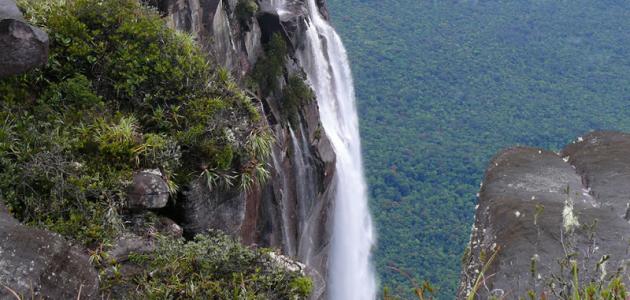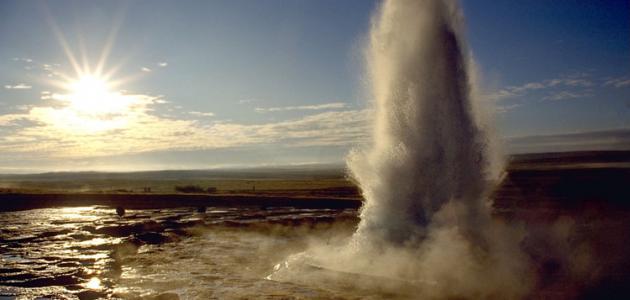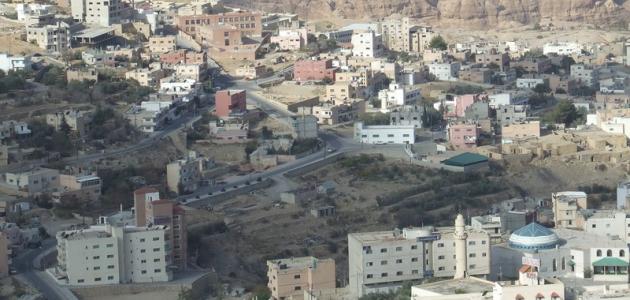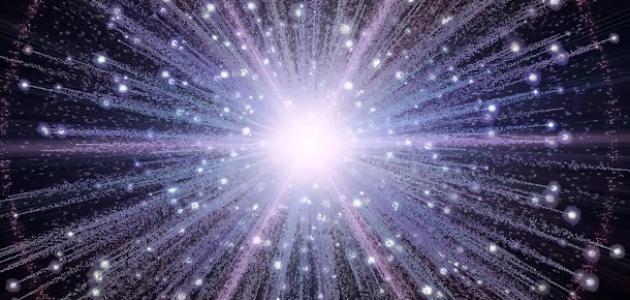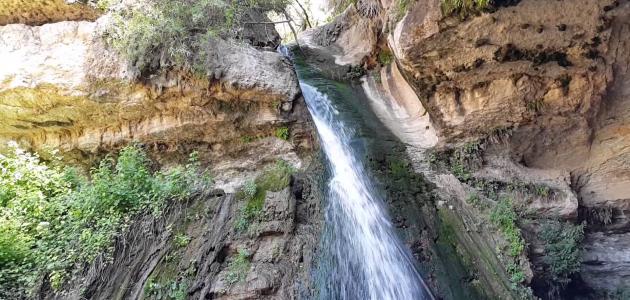Richter scale degrees
The Richter scale (ML) was designed by the American seismologist Charles Richter with Benno Gutenberg in 1935 AD. It is considered a quantitative measure, as it describes the amount of energy released during an earthquake, which is known as the size or strength of the earthquake. The scale adopts a numerical system based on a logarithmic basis, where it is Determine the strength of the earthquake by calculating the logarithm of the amplitude of the largest seismic wave captured by a seismometer, which is a device that monitors and records the vibration resulting from seismic waves and plots it in the form of a seismic record (in English: Seismogram). The greater the energy resulting from the earthquake, the greater its size and strength. Although the amount of resulting vibration varies depending on the distance of the location from the epicenter, every earthquake has the same size and strength.
The Richter scale is practically an open scale; That is, there are no limits to the degrees that can be recorded through it. In theory, the degrees of the scale range between one degree and ten degrees, although ten degrees have not been recorded on this scale throughout the history of earthquakes due to the hardness of the rocks of the earth’s crust, while the highest value was It was recorded at 9.5 in Chile on May 22, 1960 AD.
Comparison between the degrees of the Richter scale and the strength of the earthquake
The following table shows the amount of energy resulting from earthquakes at each Richter degree, mentioning some examples if they occur:
Read also:Erosion| Richter score | Amount of seismic energy released in TNT equivalent | The amount of seismic energy released in joules | Example |
|---|---|---|---|
| 0.0 | 1 kg | 4.2 MJ | - |
| 0.5 | 5.6 kg | 23.5 MJ | The energy generated by the explosion of a grenade is large. |
| 1.0 | 32 kg | 134.4 MJ | Energy resulting from a building explosion. |
| 1.5 | 178 kg | 747.6 MJ | Energy resulting from the explosion of conventional bombs used in World War II. |
| 2.0 | 1 metric ton | 4.2 gigajoules | The energy resulting from the explosion of the advanced conventional bomb used in World War II. |
| 2.5 | 5.6 metric tons | 23.5 gigajoules | The energy produced by the explosion of the huge high-explosive bombs used in World War II. |
| 3.0 | 32 metric tons | 134.4 gigajoules | The energy produced by the explosion of a condensed air explosive ordnance (MOAB) bomb. |
| 3.5 | 178 metric tons | 747.6 gigajoules | Energy resulting from the Chernobyl reactor explosion in 1986. |
| 4.0 | 1 kilo ton | 4.2 TJ | The energy resulting from the explosion of a small atomic bomb. |
| 4.5 | 5.6 kilo ton | 23.5 TJ | - |
| 5.0 | 32 kilo ton | 134.4 TJ | The atomic bomb explosion in Nagasaki, and the Lincolnshire earthquake in Britain in 2008 AD. |
| 5.4 | 150 kilo ton | 625 TJ | Chino Hills earthquake in Los Angeles, USA in 2008. |
| 5.5 | 178 kilo ton | 747.6 TJ | The Alum Rock earthquake in California, USA, in 2007. |
| 6.0 | 1 megaton | 4.2 peta joules (1015 Joule) | The Double Spring Flat earthquake in the US state of Nevada in 1994. |
| 6.5 | 5.6 megaton | 23.5 peta joules | The 2008 earthquake on the Greek island of Rhodes. |
| 6.7 | 16.2 megaton | 67.9 peta joules | Northridge earthquake in California in 1994. |
| 6.9 | 26.8 megaton | 112.2 peta joules | The San Francisco Bay earthquake in California in 1989. |
| 7.0 | 32 megaton | 134.4 peta joules | - |
| 7.1 | 50 megaton | 210 peta joules | The energy resulting from the explosion of the Tsar Bomba, which is the largest thermonuclear weapon ever tested by man. |
| 7.5 | 178 megaton | 747.6 peta joules | The Kashmir earthquake in Pakistan in 2005, and the Chilean city of Antofagasta in 2007. |
| 7.8 | 600 megaton | 2.4 exa joules | Tangshan earthquake in China in 1976. |
| 8.0 | 1 gigaton | 4.2 exa joules | The Toba volcano eruption 75,000 years ago, the Queen Charlotte Islands earthquake in 1949 AD, the San Francisco earthquake in 1906 AD, the Gujarat earthquake in the Indian state in 2001 AD, and the Mexico City earthquake in 1985 AD. |
| 8.5 | 5.6 gigaton | 23.5 exa joules | The 2005 Sumatra earthquake in Indonesia. |
| 9.0 | 32 gigaton | 134.4 exa joules | The Lisbon earthquake in Portugal in 1755 AD, which coincided with All Saints' Day. |
| 9.2 | 90.7 gigaton | 379.7 exa joules | Anchorage earthquake in the US state of Alaska in 1964 AD. |
| 9.3 | 114 gigaton | 477 exa joules | 2004 Indian Ocean earthquake. |
| 9.5 | 178 gigaton | 747.6 exa joules | Valdivia earthquake or the great Chilean earthquake of 1960 AD. |
| 10 | 1 tera ton (1012 tons) | 4.2 Zeta Joule | No energy of this amount has been recorded so far. |
Comparison between the degrees of the Richter scale and the impact of the earthquake
The following table shows the effects resulting from the earthquake at each degree of the Richter scale:
Read also:Where are the Atlas forests located?| Richter score | Description of the earthquake | Earthquake effect |
|---|---|---|
| <2.0 | دقيق | It has no effect and is not felt by humans. |
| 2.0-2.9 | simple | Devices monitor it without humans being aware of it. |
| 3.0-3.9 | simple | It is usually felt by humans, but rarely causes harm. |
| 4.0-4.9 | light | It causes objects to vibrate without causing significant damage. |
| 5.0-5.9 | متوسط | It causes damage to weak buildings, without affecting buildings built with a strong and solid design. |
| 6.0-6.9 | strong | It can be devastating in populated areas, and its impact may reach up to 160 km from the center of its occurrence. |
| 7.0-7.9 | Big | It can cause major damage to large areas far from the center of its occurrence. |
| 8.0-8.9 | Great | It can cause significant damage up to hundreds of miles from its epicenter. |
| 9.0-9.9 | Great | It is considered a devastating earthquake and causes damage up to thousands of miles from its epicenter. |
| 10 | epic | Not registered yet. |



